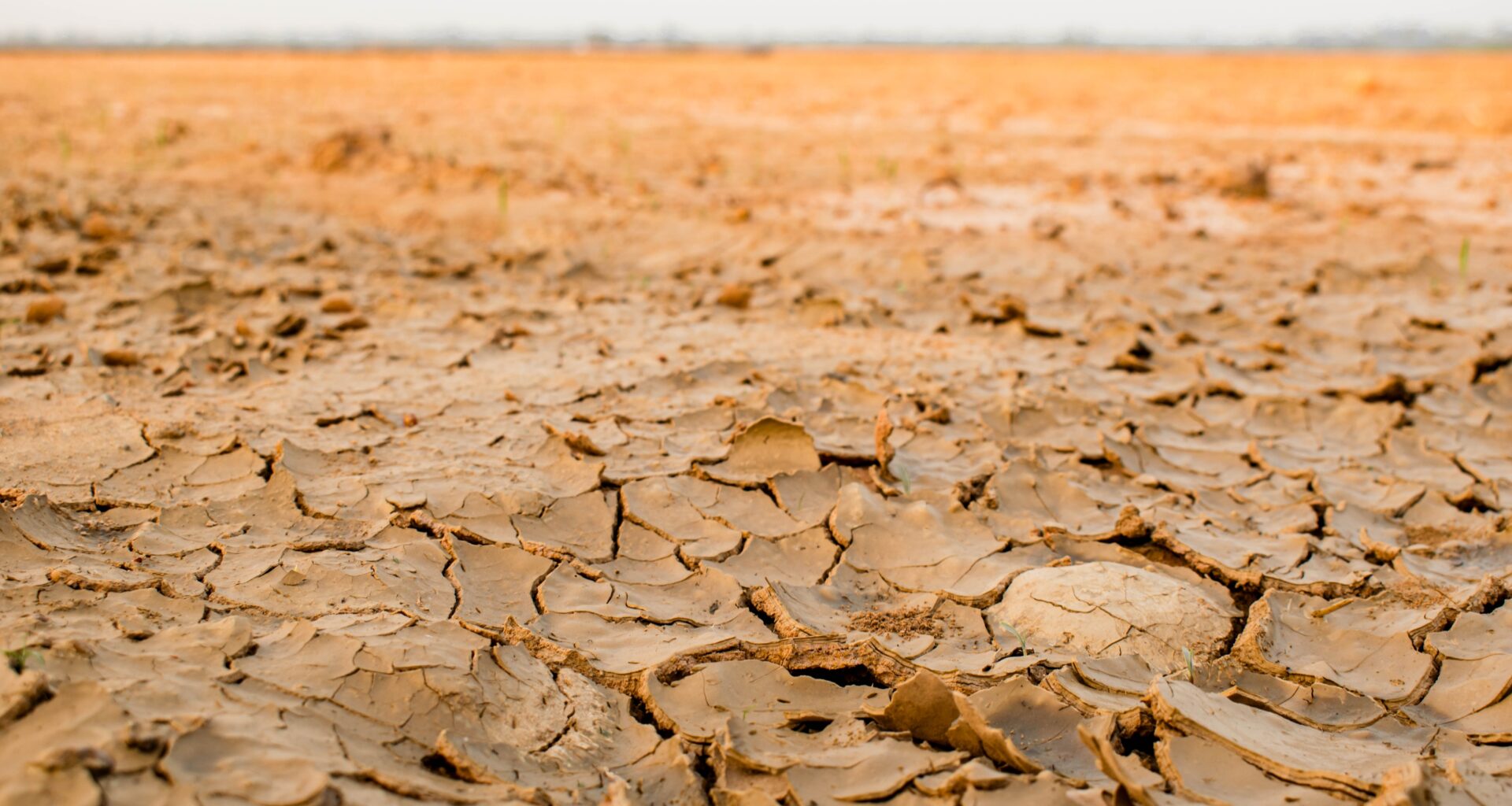Drying soils in northern Mexico can trigger simultaneous drought and heat wave episodes in the southwestern United States, including Arizona and states like Texas and New Mexico, according to a new study involving an Arizona State University professor.
Co-authored by Enrique Vivoni, a senior global futures scientist with the Julie Ann Wrigley Global Futures Laboratory, the research underscores the increasing persistence of “hot droughts,” which extend across consecutive days and nights, hindering recovery and posing significant risks to the region.
A hot drought is described as droughts intensified by extreme temperatures that amplify evaporation, plant stress and the loss of moisture in the soil.
“Hot droughts will propagate to other parts of the country and have detrimental effects on health, on infrastructure, on daily life,” said Vivoni, who is also a professor in the ASU School of Sustainable Engineering and the Built Environment.
The study emphasizes the urgent need for systems that alert us to hot droughts, similar to those in place for hurricanes.
Enrique Vivoni created the startup company Tributary to help groups such as utilities, governments, nonprofits and companies measure the real water outcomes of forest restoration projects.
“Clients don’t want to wade through equations,” Vivoni says. “They want to know: How much water will this project save each year? That’s the translation we provide.”
Hot droughts exacerbate wildfire risk, endanger crops and threaten outdoor workers and enthusiasts with unexpectedly high temperatures. According to the study, communities can better prepare for these events by monitoring upwind climate conditions and implementing timely safety measures.
Vivoni and Northeastern University hydroclimatologist Somnath Mondal characterized the intense hot drought of summer 2023 using temperature records, rain gauge readings and soil moisture data. They found that the hot drought event amplified heat by up to 14 degrees Fahrenheit (8 degrees Celsius), mainly due to suppressed atmospheric moisture transfer from the Pacific Ocean during the North American monsoon.
The researchers also made surprising discoveries about the influence of dry Mexican soils on Arizona’s hot drought and the increasing strength of hot droughts at night.
“In 2023, Mexico influenced Arizona’s hot drought in a stronger way than the soil of Arizona itself,” Mondal said.
The weak monsoon may have left Mexican soils too dry to initiate the cycle of moisture evaporation and cloud recharge, triggering hot drought north of the border. Additionally, accumulated daytime heat is not dissipating overnight, intensifying the heat over consecutive days.
Looking ahead, Vivoni and Mondal aim to create models to examine the physics of how hot drought propagates downwind and investigate the downwind transfer of hot drought in other arid, monsoonal regions.
“Climate doesn’t respect national borders,” Vivoni said. “We’re more interconnected than we thought.”
